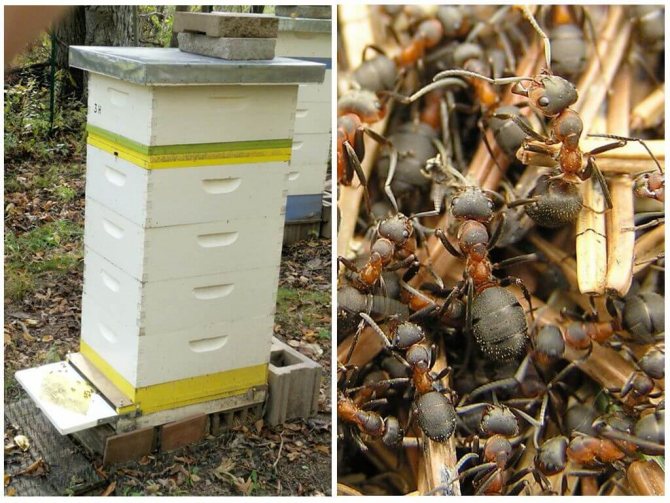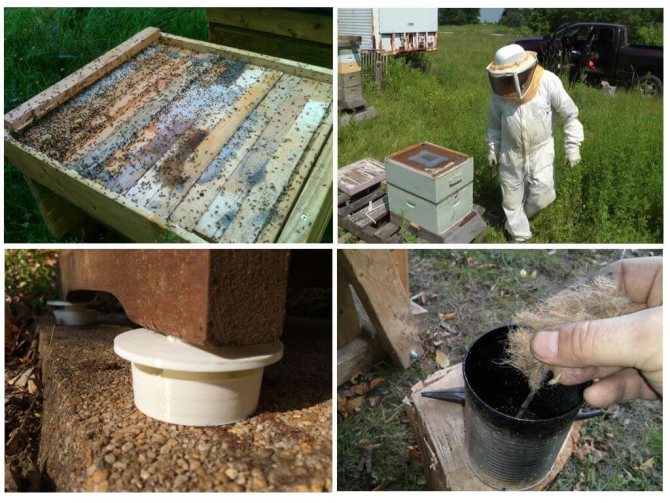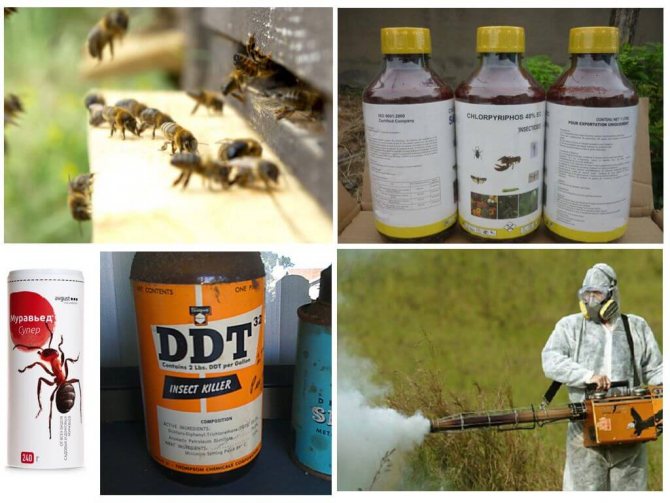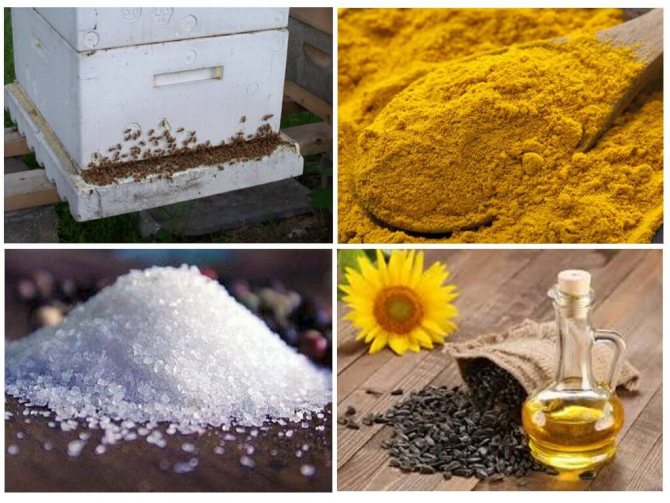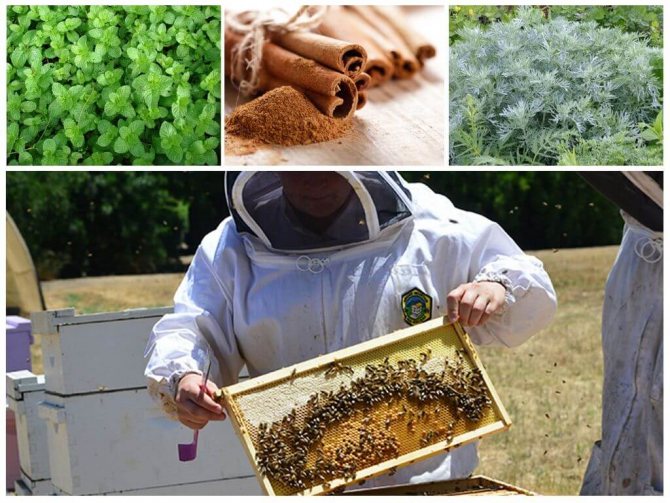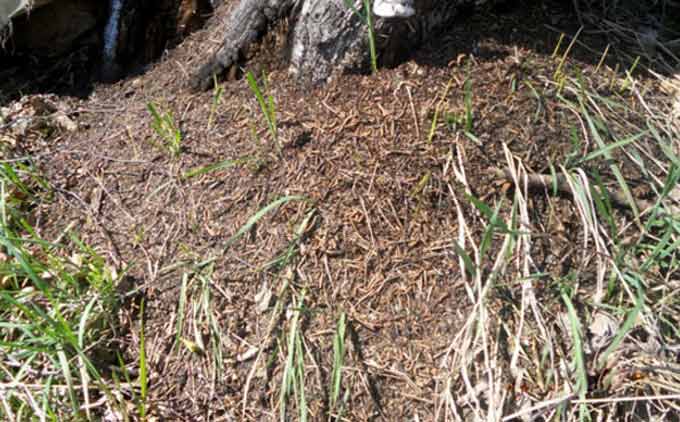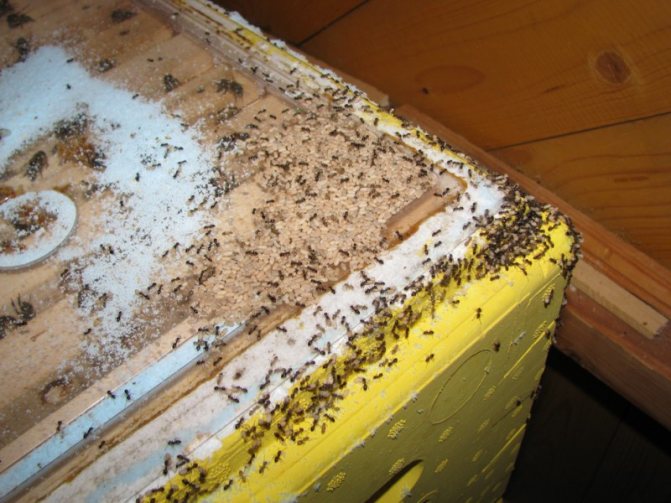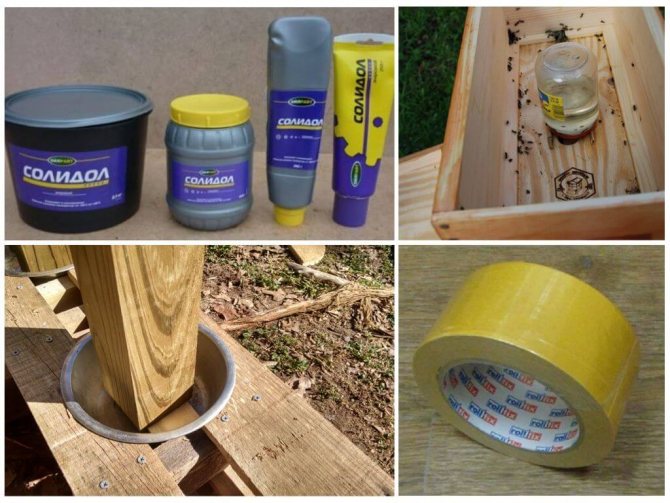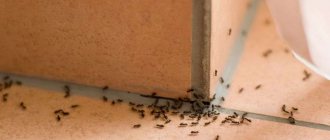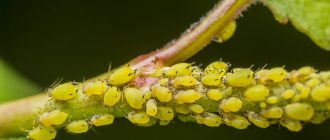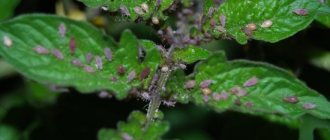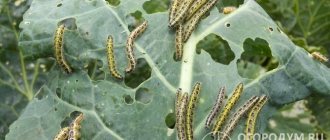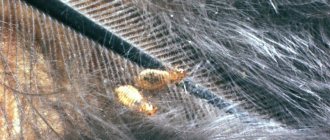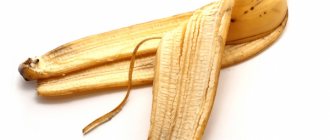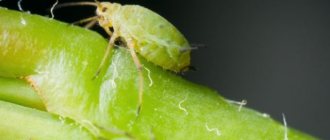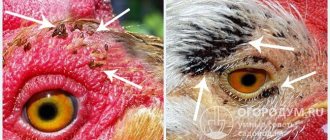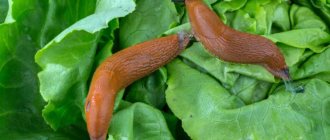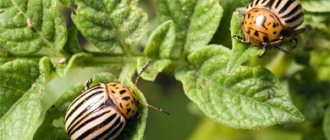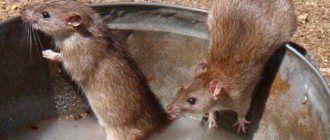Beekeeping is a fascinating branch of agriculture that can bring a decent profit to its owner. But for this to happen, it is necessary to be able to overcome the difficulties encountered on the way. A wide variety of ant species are happy to use honey as a food product. For bees, such a neighborhood causes a lot of inconvenience, so many beekeepers try to find a way to get rid of ants in an apiary as quickly as possible.
Reasons for the appearance of ants in the apiary
Ants in an apiary often appear in free spaces of the earth, an unenclosed territory. They are attracted by the smell of honey coming from the hives. They often accumulate in places where particles of sweet honey fall on the floor. They carry them to their homes. Often, when they appear where there is a lot of garbage. Most often, they move from neighboring littered and contaminated houses along with cockroaches. It is necessary to destroy them because they destroy the hives and make harvesting impossible.
Exposure to cold
With the onset of severe frosts, it is necessary to destroy with a pitchfork all the anthills located within a radius of 100 meters around the point with the hives. Only their upper part is raked up! This is enough for cooling. Cold air quickly penetrates through the passages into the nest, causing massive death of insects of all ages.
Experienced beekeepers recommend fighting ants at the onset of the first frost. All anthills in the apiary are raked with a pitchfork or torn apart with a shovel. Thus, all ants and larvae die, and next year there will be fewer intruders. Note that it is better to do the work together with the owners of nearby apiaries in order to cover a large area.
How to deal with ants so as not to damage the hives or harm the bees
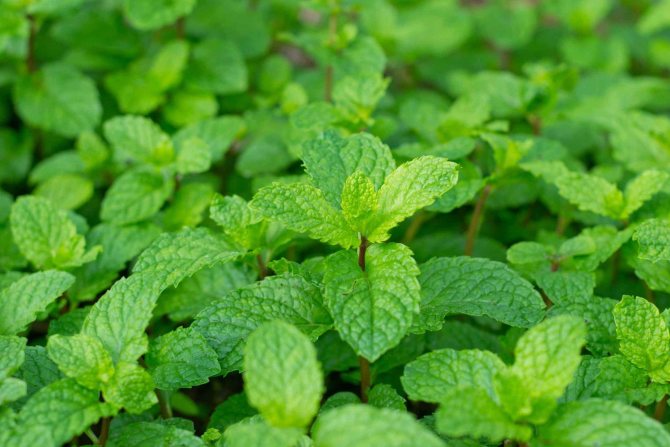
Peppermint for insect control
In response to how to get rid of the ants in the hive, it should be noted that in order not to harm the hives, it is necessary to carry out prevention. You should take care of protecting the bees from ants in the spring. This requires the setting of iron supports with smooth legs, a polyethylene bedding and constant cleaning of the area from drops of honey. It is also necessary to make timely repairs to the hives, since often uninvited guests settle in cracks and crevices. Some users recommend making a moat and filling it with water. This can block insects and provide bees with the water they need to create honeycombs.
From good means against ants will be the use of insecticides "Muravyin", paste "Fitar", "Groma-2" and "Brosa".
Note! Bees and ants belong to the same order. Many poisons act on them in the same way. They should be used according to the instructions, placed out of the reach of bees.
The smell of chrysanthemum with catnip, elderberry, mint, carnation, wormwood and other strong-smelling plants will also help drive away. One of the TOP-5 effective agents is carbolic acid, with which wool strips are impregnated and wrapped around the hive.
Harm done
Pests drag honey from nesting combs to feed the uterus and feed themselves. During a massive attack, thieves can carry away up to one kilogram of sweet food during the day.Larger ants can attack the bees themselves, and they do this both inside the hive, near the entrance and on the landing board, and on plants. Bees often die during such attacks. It is not uncommon for a weak family to die out after an invasion of ants.
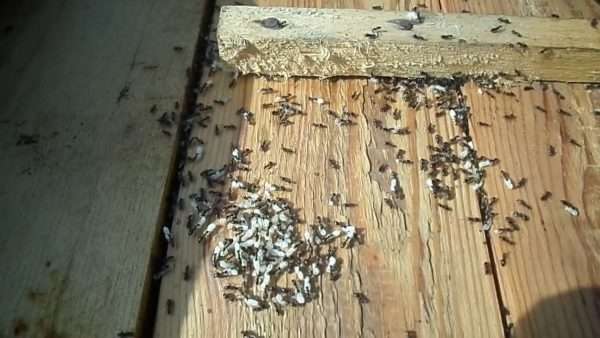

Among other things, arthropods can clog bee nests and carry bacterial infections, such as the pathogens of American and European foulbrood. Also, uninvited guests are distributors of ascospherosis. In the end, the aliens scurrying back and forth simply disturb the inhabitants of the hive, creating discomfort in the bee colony with their presence.
What chemistry can be used
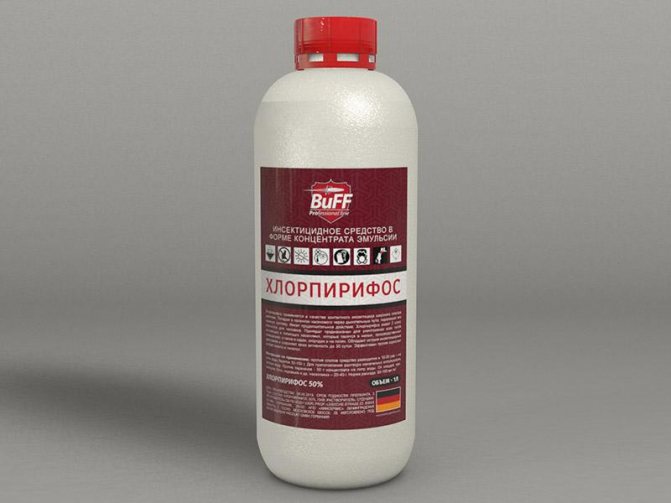

Chlorpyrifos
From purchased chemicals, sticky tapes with insecticidal chalk, powder and aerosol insecticides and baits help.
In response to how to get rid of ants in an apiary, you can answer that this can be done with various chemicals. Some of the best are Thunder 2 and Summer Resident. These are several universal preparations for combating various insect-like species. The final preparation includes essential oils. No less high quality drugs are considered drugs from the existing rating:
- "Anteater" - emulsified diazinon concentrate. Sold at any pharmacy. Can be purchased for 15 rubles. *
- "Muravyin" is a diazinon-based product. It can be bought at any gardening store for 20-30 rubles. *
- "Muratsid" is a preparation with diazinon in an aqueous emulsion. Produced in all shops selling garden substances for 15 rubles. *
- Diazinon is a drug that blocks the production of an enzyme that is responsible for the nervous system to work well.
- Chlorpyrifos is a drug that enters the respiratory system of insects and paralyzes its nervous system. Created on the basis of diazinon.
Purchased drugs in the form of "Absolute", "Anti-Ant", "Great Warrior", "Thunder-2" and "Medvetox" will be of no less quality. In the first situation, its validity period is several weeks. It was made using chlorine-pirifos. The second preparation is made on a drilling basis. It is a powder packed in bags. The third, fourth and fifth chemical is diazinone-based. They are powerful chemicals designed to quickly fix an existing problem.
Note! Before using any type of chemistry, you should carefully read the instructions and do not neglect the precautions. It is possible to harm ants in the apiary.
Preventive measures
When it comes to getting rid of ants in an apiary, you need to use safe methods and carry out prevention.
Carrying out such events will help prevent a massive invasion of insects:
- Constant walk around the apiary to identify anthills. If available, they should be collected in a bag and taken outside the apiary. Also, large anthills are covered with superphosphate. Some of the ants die, while others leave.
- Experienced beekeepers advise sprinkling wood ash around the hives. This creates an obstacle to the entry of ants into the hive.
- The smell of mint and oregano repels ants.
- Using a pencil against the cockroaches "Mashenka", outline the legs on which the hives stand.
If you regularly carry out preventive measures, then insects will not be able to get close to the bee houses.
What folk remedies can be used
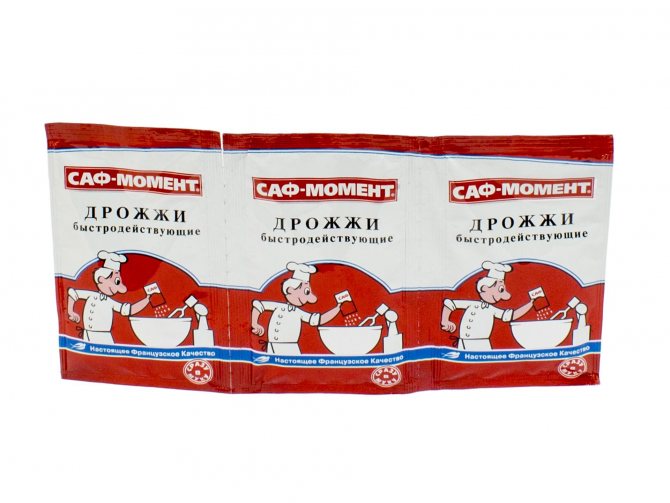

Dry yeast as an effective folk remedy
Of the excellent folk remedies that allow you to quickly defeat ants, you can name dry yeast mixed with jam, boric acid with onions, salt, ash, millet, fuel oil, vegetable oil and bottles of sweet water. Ants do not like especially smelling plants like mint with tomatoes, wormwood, tomato leaves and wormwood.
Users use alcohol with phosphate, grease and natural fur. Many people write that potato powder also helps a lot. Some people say sticky bait traps work well. But, bees also often peck at them and die from such methods.
Processing the area around the hive
If you find tracks of goose bumps, then you can pour loose substances on them that they do not like. Then the insects will be obsessed with the desire to visit your bee house and the bees will be calm.
Salt
You can sprinkle salt along the paths of the insects and treat the space around the bee houses with saline. It is not recommended to pour the solution in a chaotic manner. This must be done in a ring-like manner to make closed rings from the solution. To prevent ants from appearing in the apiary, you need to dilute a saline solution of 200 g of salt and 1 liter of water.
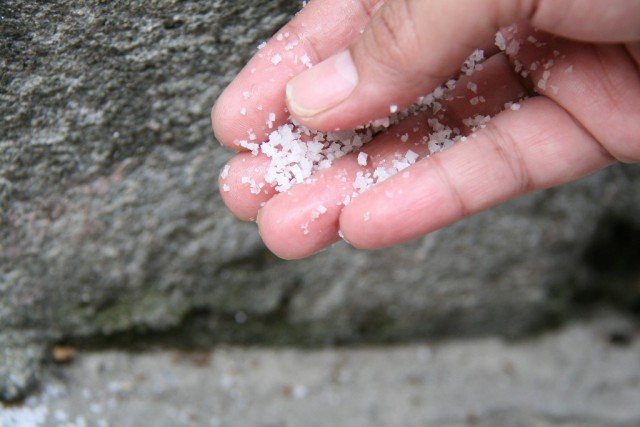

Dry mustard
Dry mustard will cope with such insect protection. It will be enough to take 1-2 tbsp. spices and sprinkle it around the bee house. Mustard will create an invisible barrier for ants for a long time, but it loses strength immediately after heavy rains.
What to do if the ants don't leave
If the ants do not leave even after using various other folk and chemical remedies, it is necessary to find the places of their accumulation and try to move the anthill or, if possible, move the hives to other places. Then you can drive them out with various essential oils or bags with various repelling herbs. The use of plastic wrap and its renewal helps a lot.
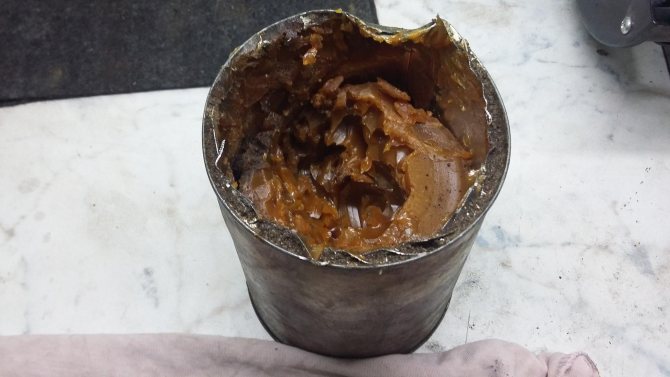

Solidol
Many users write that undiluted solid oil with any sunflower oil is excellent. Some say that when the honey is harvested, ants are also killed by the use of chemicals. Interestingly, various waste fuels also help a lot. But, sometimes this measure becomes dangerous due to the possible explosiveness of the fuel components. Under the influence of the sun, it can heat up and then an explosion will occur with subsequent unpleasant consequences.
Note! You can try to poison dangerous creatures with wood ash, scattering parts of it in the place of a large accumulation of insects. You can also do this with mustard and kerosene cotton wool. Sometimes fresh tomato leaves with bunches of green onions, bunches of parsley and chrysanthemums are great help.
Preventive measures
Ants are found in almost all natural zones, so it is impossible to find a place for an apiary where these insects are not guaranteed. But there are places where the concentration of ants is especially high (for example, floodplains or old spruce forests). If we are talking about a mobile apiary, then you should not choose a place for its construction next to a large number of large anthills, otherwise it will take a lot of effort to fight ants.
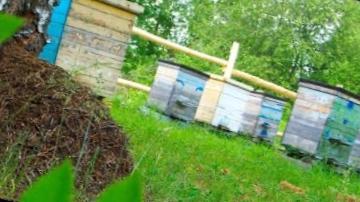

To prevent ants from climbing into the hives, it is important to design and install them correctly. If the bee houses stand on smooth metal legs, on which the ants are unable to crawl, then the problem with them can be considered solved. Wooden legs can be “wrapped” with plastic bottles (make longitudinal side cuts in bottles and put them on the legs). As a last resort, hives can be raised on metal racks or stools.
If the design of the hive support does not allow it to be slippery for ants, then you can spread a plastic wrap under its bottom so that the edges hang down by about 10 cm - such an obstacle cannot be overcome by large ants.
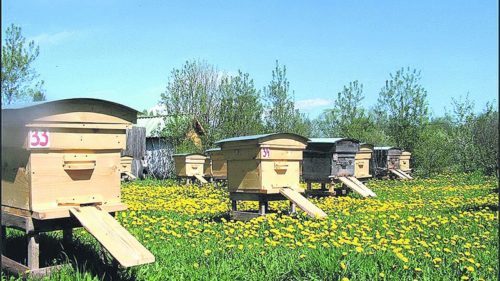

If there is tall grass or bushes near the hive, they must be removed so that insects do not crawl over them. The arrival board must not touch the ground or grass. Hives with cracked boards and a lot of cracks need to be repaired so that insects have nowhere to settle.
Another effective obstacle is a water moat. It needs to be done around the perimeter of the apiary so that the ants cannot get over it. And for the bees it will be very useful, because they need a watering hole.
Testimonials
Alena, Moscow region: “My father has long been engaged in raising bees to obtain honey. Recently, in his apiary, he had such a problem that large anthills appear under his feet and a lot of ants accumulate. The fact is that particles of honey fall to the ground and various insects feast on it. Than we just didn’t try to get rid of them. They sprinkled the ground with ash, small grains and various chemicals, in particular, Mashenka gel and chalk. Nothing helped. Ants appeared again and again on the surface and bit, interfering with the work of collecting honey. Then our friends advised us an excellent chemical agent - boric acid. We tried it and were convinced that it helps, especially if you cover the floor of the apiary with something and get rid of their constant accumulation in the summer. "
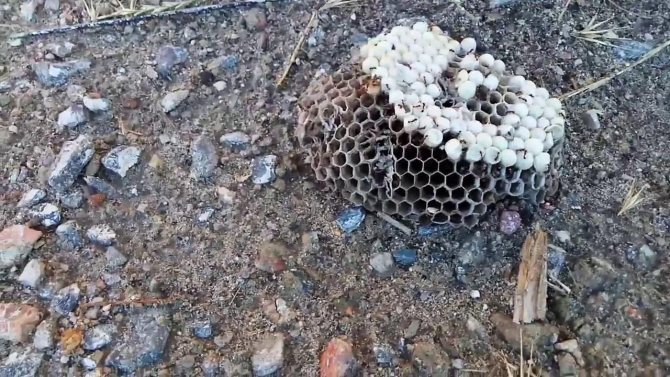

Ants in the apiary
Larisa, Kolomna: “We have been keeping our apiary with bees for several years already. All is well, the bees are practically tame. This allows you to have a large harvest. However, ants interfere. They create a whole army when nothing is done to protect the site from anthills. Used the tool "Anteater". This only helps for a while, then they reappear. Then our friends advised us to use ash and boric acid with vinegar. They do not affect the bees in any way, but nevertheless, according to our marks, the insects become more aggressive from the vinegar. They don't like the smell of it. But ash with acid helps a lot. In addition to them, we also often use potato starch with salt, as well as essential oils. The latter are good at scaring away all crawling and flying pests. "
Mikhail, Feodosia: “We have our own apiary in the village. In summer, it becomes impossible when various small reptiles crawl up, for example, ants with cockroaches. For a long time we studied information on how to deal with ants in a hive with bees, to remove and generally get rid of them when they appear. Found a good solution on how to clean them. In order to get rid of the problem, they took "Muratsin" and ash. It can remove the nest at a time. Various cereals, gel and chalk "Mashenka" cope with parasites no less effectively. Boric acid helps a lot. We tried to use potato starch one summer, it cannot be said that it does not help at all, but does not bring much result. In general, I recommend everyone to combine funds. Then you can achieve a 100% effect. I don't recommend using vinegar. The bees don't like it. Essential oil can be used as a repeller. However, many users previously wrote that this weakens the effect of the bees, and they become somewhat sleepy. Therefore, we use such funds only when absolutely necessary. "
Note! In general, ants in the apiary appear due to the fact that drops of honey fall on the ground and small insects feed on this. You can fight them with various chemicals and natural products. It is important to remember that they cannot harm the bees in any way.
Countermeasures
From the point of view of practice, the fight against the harmful activity of ants is divided into two groups. The methods of the first group are associated with the direct destruction of insects in the apiary. Another case involves the organization of peaceful cohabitation. Let's look at more radical ways first.


- You can poison insects with homemade poison, which is absolutely harmless to humans and bees. It is necessary to make a mixture based on ordinary yeast. For bait, add sugar, honey, a little fermented jam or any other sweets that are at hand to the yeast. Yeast is highly toxic to insects
- In addition, boric acid is used.You can buy it at any pharmacy for little money. For humans, acid is almost not dangerous, but insects do not tolerate it. It is not necessary to do too much. It is important that the carriers, having taken the acid in or near the hive, have time to bring the particles to the anthill.
- Cornmeal is also a poison for ant squads, as it cannot be absorbed by them. Poisoned baits should be laid out where insects can get without any problems (such poison can even be placed in a hive). In winter, anthills can simply be divided into several parts. Destruction occurs due to the cold.
- You can also set fire to anthills. To do this, they must first be excavated and then treated with gasoline. When igniting, observe safety precautions. This method should be used in extreme cases, and fire extinguishing equipment should always be at hand.

